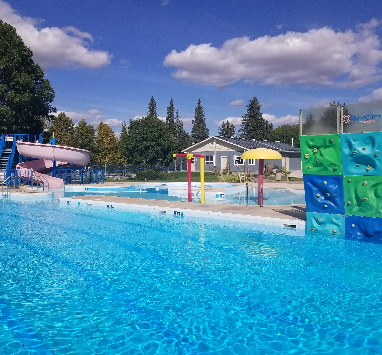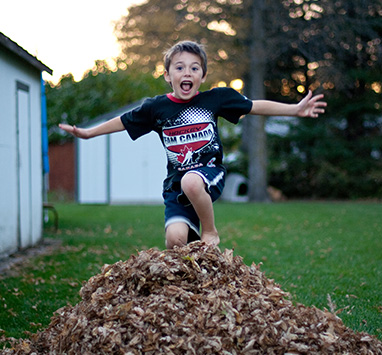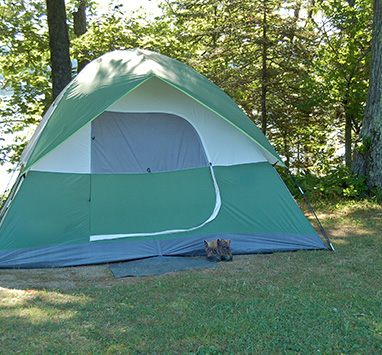Beel School
n/a
Boyne Creek School

The Boyne Creek school was built in 1891 near the small creek from which it got its name. It opened on June 1, 1891. The records show that the first teacher was Normand Spencer. The teacher rules all grades from one to eight and even took some grade nines by correspondence. Very few went to high school. This was the extent of the schooling for several generations of farm children in this district, as most quit school after grade eight.
In the winter, the old wood stove provided the heat which often went to extremes. Some of the boys would have to get up early to go start the fire and were paid about 10 cents a day for doing so. Teachers were paid $35.00 to $40.00 a month and had to pay their room and board.
The yearly Christmas concerts were appreciated by all for the school would be packed to the door. Recitations, dialogues, songs and finally an adult play brought down the house. Santa Claus would come prancing in to the joy of the young and old.
The school continued until 1958 when consolidation with Treherne took place. About half the district decided to go to Treherne and the other half went to Holland School at the time.
The school building and all supplies were sold by auction and one more of the landmarks disappeared after many years of service.
Centreville District
This is an area difficult to describe graphically, as to where it starts, finishes, or what people to associate with it. One must assume the school district would include most of the people who claimed to have lived in this community. Some of them called Holland their town, others Treherne. The main activities centered around the school.
The spiritual needs of this community were also divided, as west of the school attend Holland churches, while east and north went to Bethel Church. After Bethel closed in the mid twenties, Sunday School was held in the church.
Around 1931, the community started to have dances in the school which continued until the start of the war. The dances were a source of joy for the community during the depression, when everyone had to make their own fun with little money.
In 1935, the dancing committee installed a hardwood floor in the school which made dancing more enjoyable. Dancers from other districts often journeyed to Centreville on a Friday night for a few hours of fun.
In 1889, Centreville district residents organized to form a board of trustees and gained permission to build a school. By 1890, the school was finished at a cost of $600.00 and was called Centreville No. 606 because it was built between Treherne and Holland. The first teacher at the new school was Thomas Knechtel and was paid a monthly salary of $40.00.
In 1900, the school building was moved 15 feet west and placed on a surface foundation and the interior of the school was refinished. In 1907 the first flag pole was erected and in 1916 a wood shed was built on the west side of the school. Improvements where constantly being made such as a basement and lavatories in 1930 as well as hydro and an oil furnace in 1953.
In 1958 the district was dissolved and half the area went to the Holland School and the other went to Treherne.
Centreville School was purchased by the Agricultural Museum at Austin. It was moved there to be on display as one of the oldest one room schools in Manitoba.
Cherry Valley School
n/a
East Treherne School
The first East Treherne School was one that Mr. Delahunt built when he came to this country. The date is not available but it was sometime before 1888.
On February 1, 1913 the school and all contents were burned. School was then held at a house after it was fixed up for use as a school. The trustees at once decided to rebuild after arrangements could be made to borrow money. But disaster followed as the house school burned down and the children had to take their studies in the unfinished new school for the rest of the year.
The school was closed in August, 1947 because there were not enough students. On May 19, 1956 a sale for the school property was held and the school was later sold again and was moved to Rathwell where it was remodeled as a house.
Pinkerton School
The Pinkerton School was opened in the fall of 1900. The school and district where named after Mr. Henry Pinkerton, the oldest gentleman of the district who was very interested in education. The school was run by capable, interested teachers and co-operative trustees of the district with half French and English children.
During the thirties the Pinkerton School became the center of the district's activities. With dances and socials being held every two weeks through the winter months. The ladies were expected to bring cake or sandwiches for lunch and the men paid 25 cents. Music was often supplied by Mr. and Mrs. Hugh Lounsbury by the violin and piano.
Sunday school was also held in the Pinkerton School for quite sometime. But through the changing of the education system the children where taken by bus to surrounding towns. It was unnecessary to keep the Pinkerton School open and they closed it down in 1964. Later the school was purchased by Keith Gorrie and was moved onto his farm.




